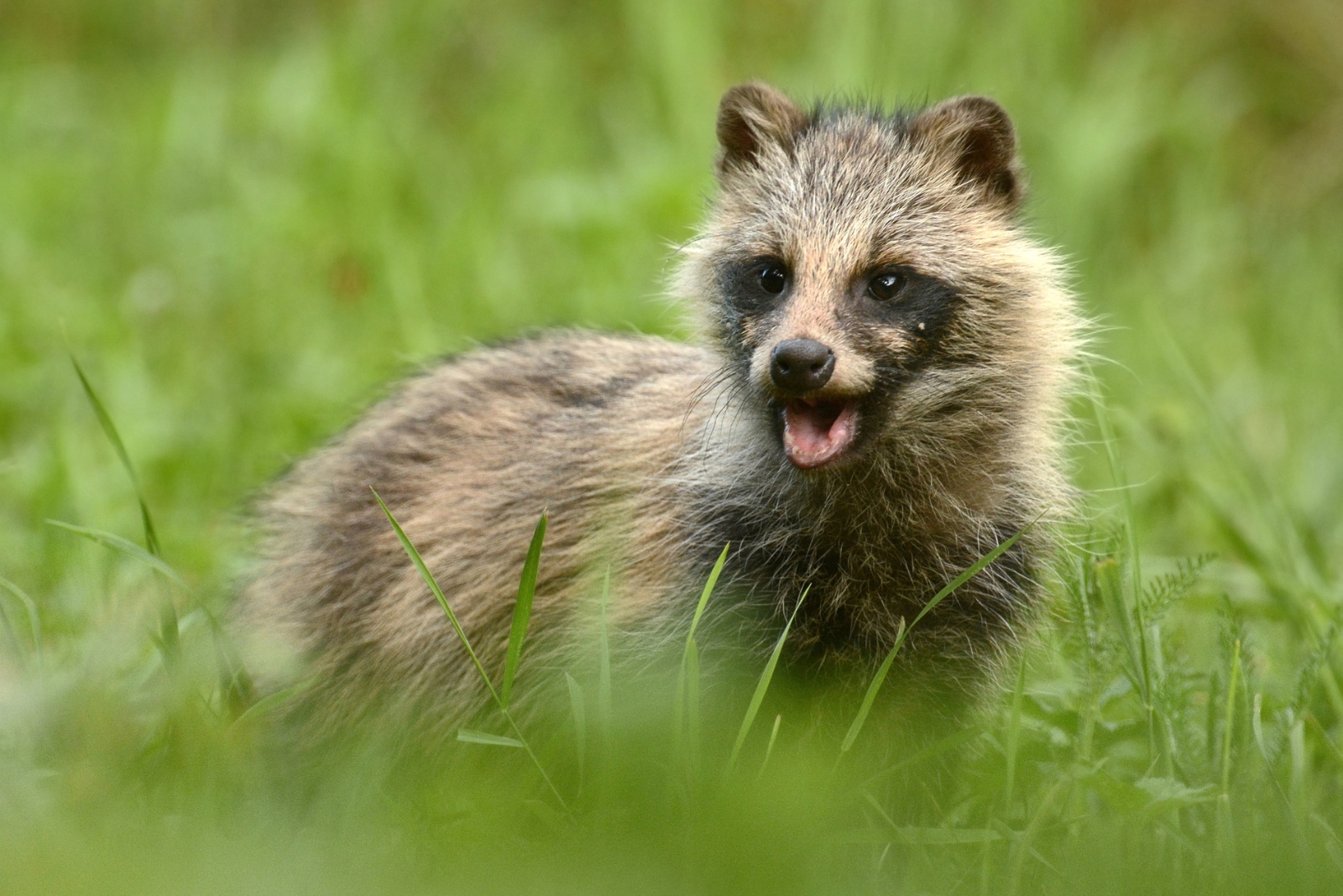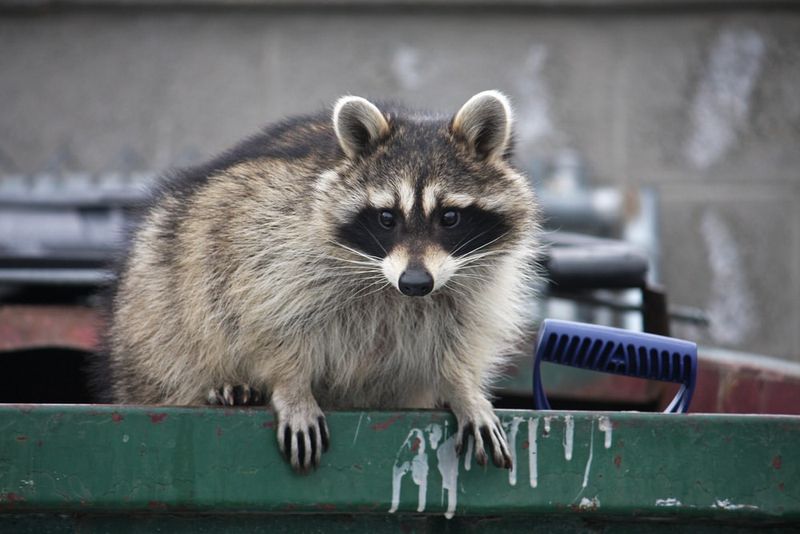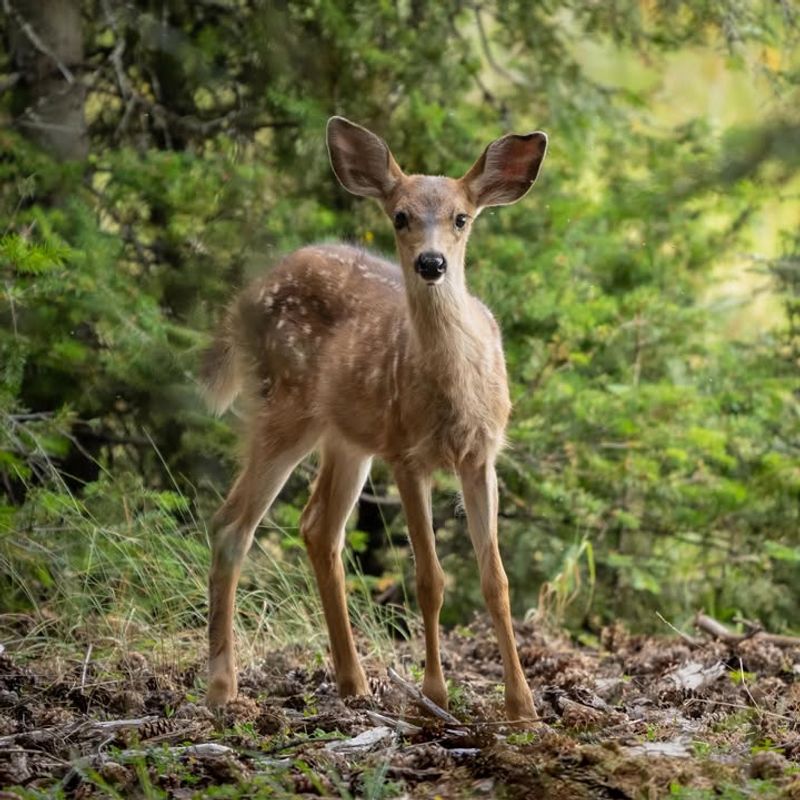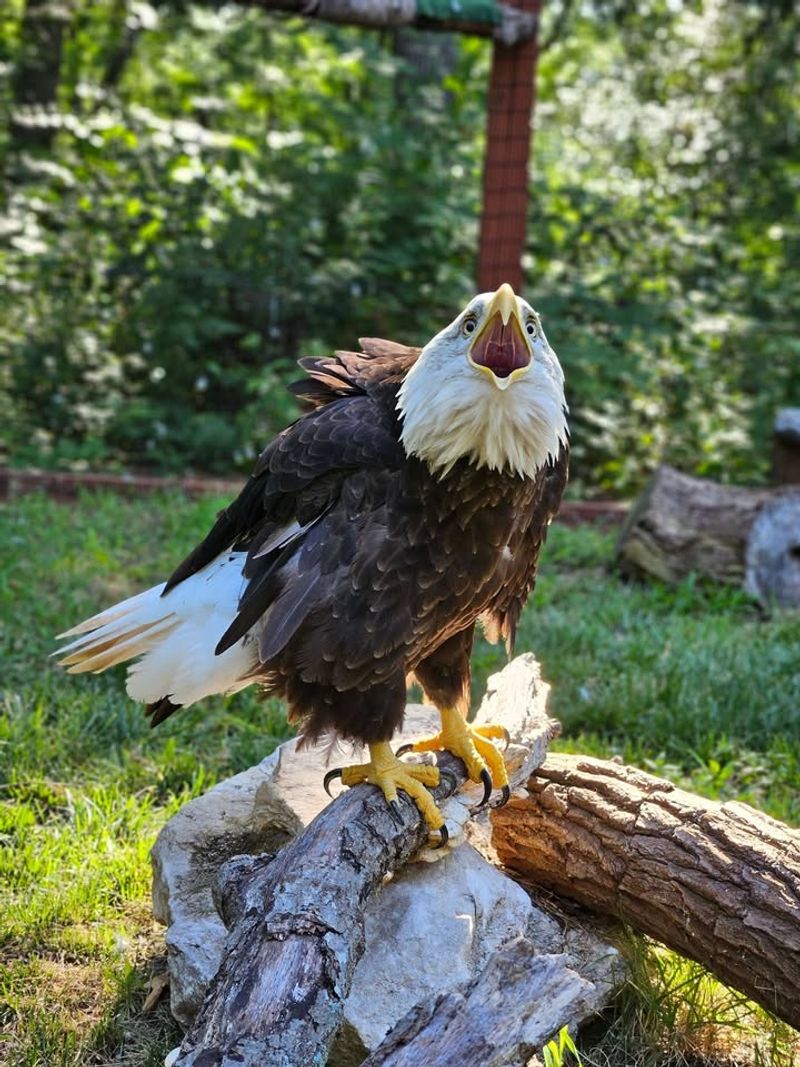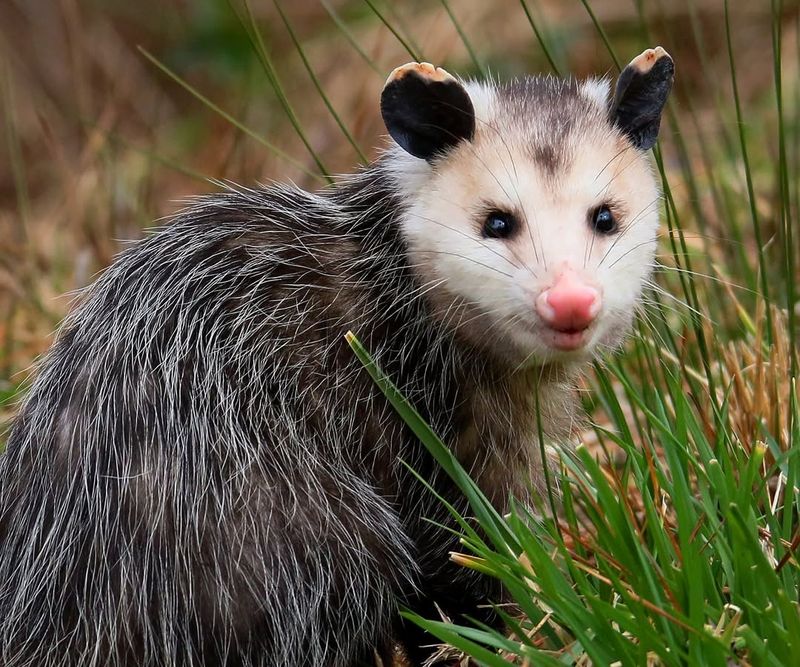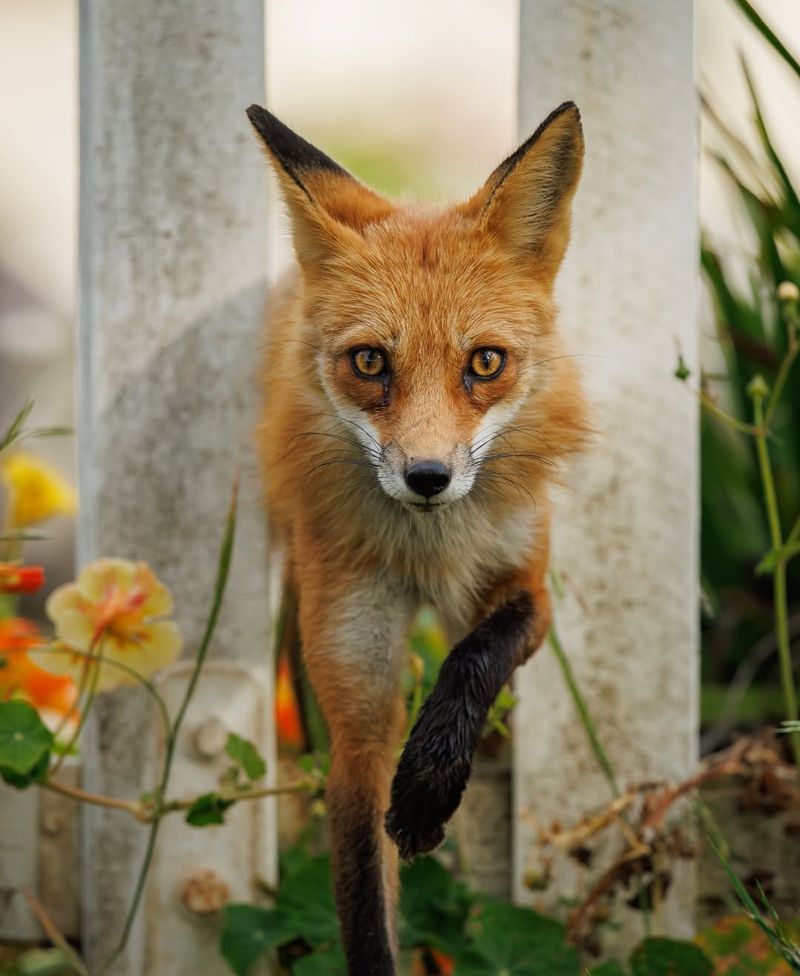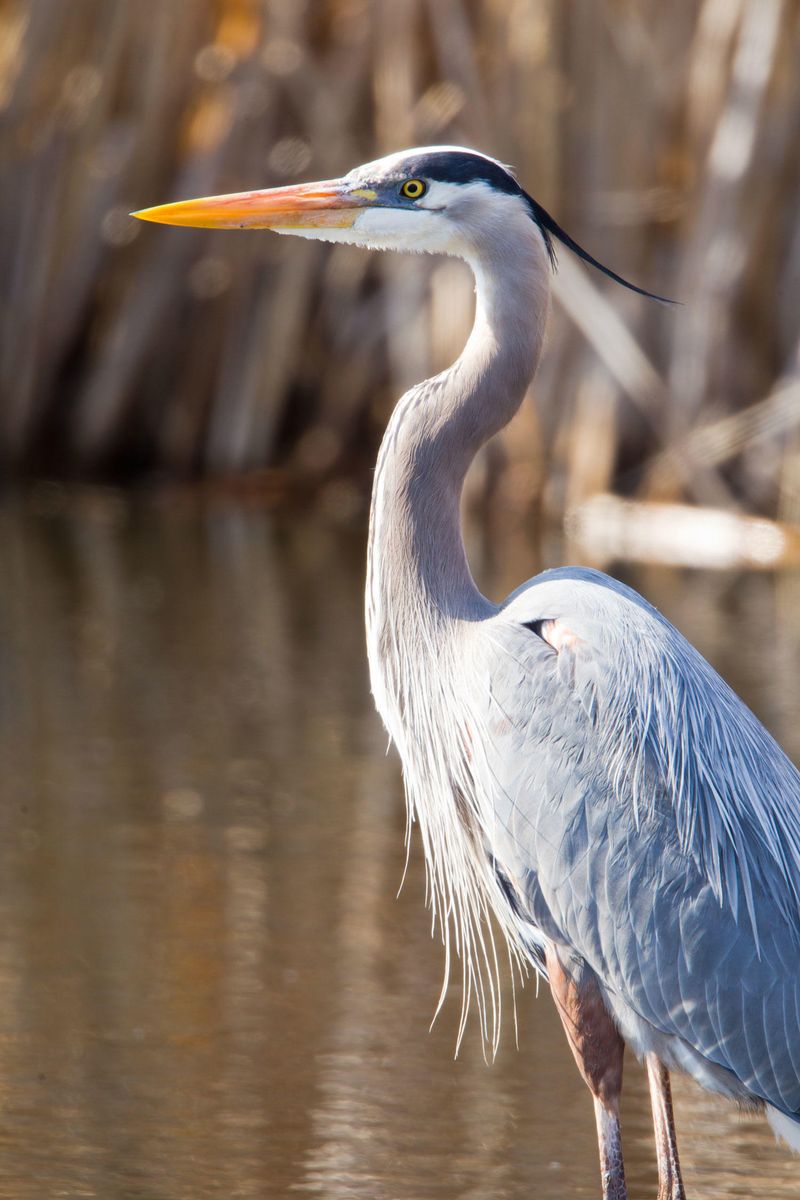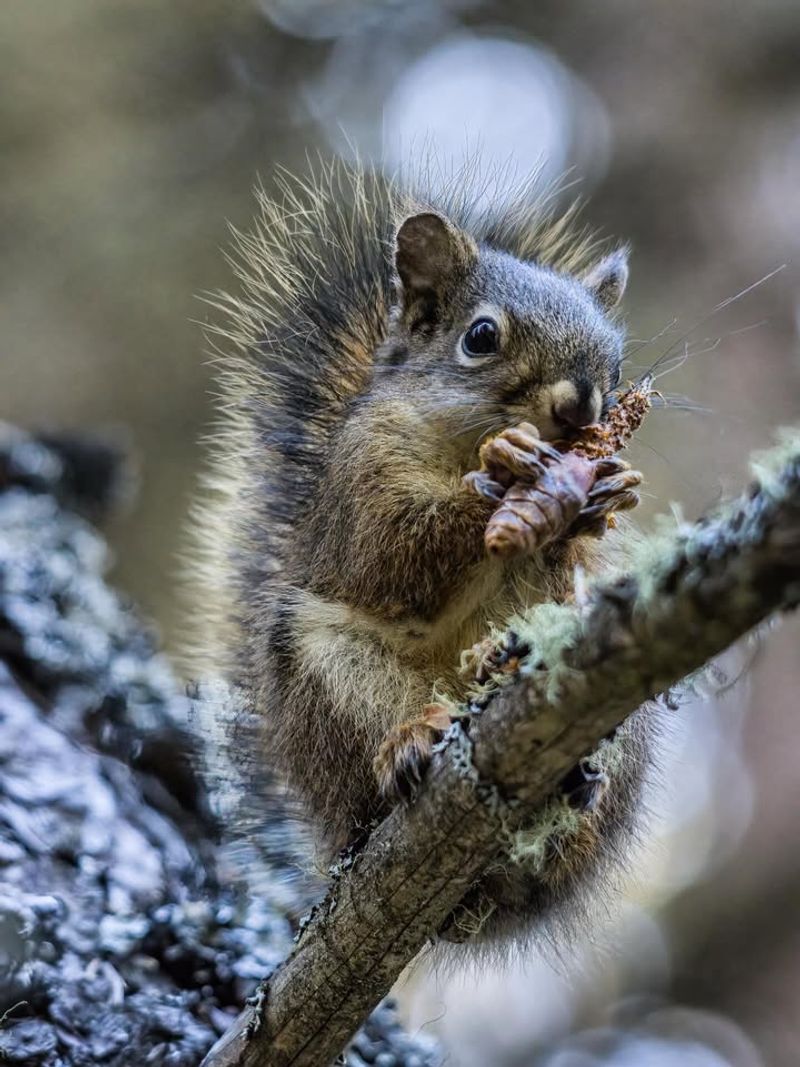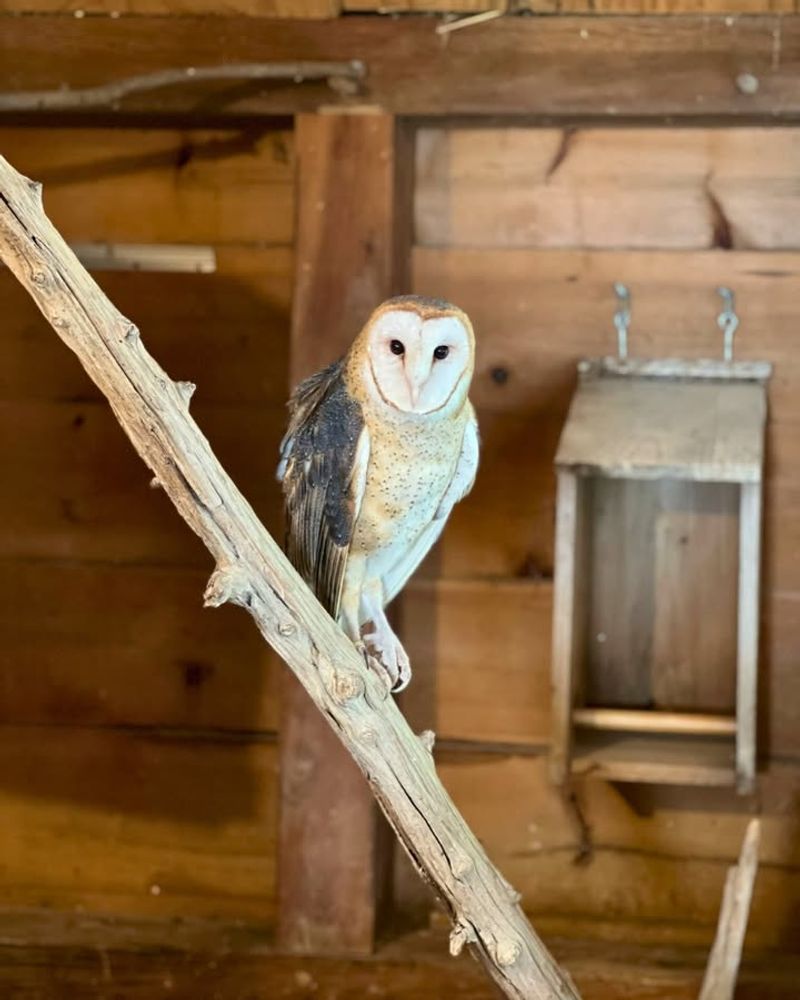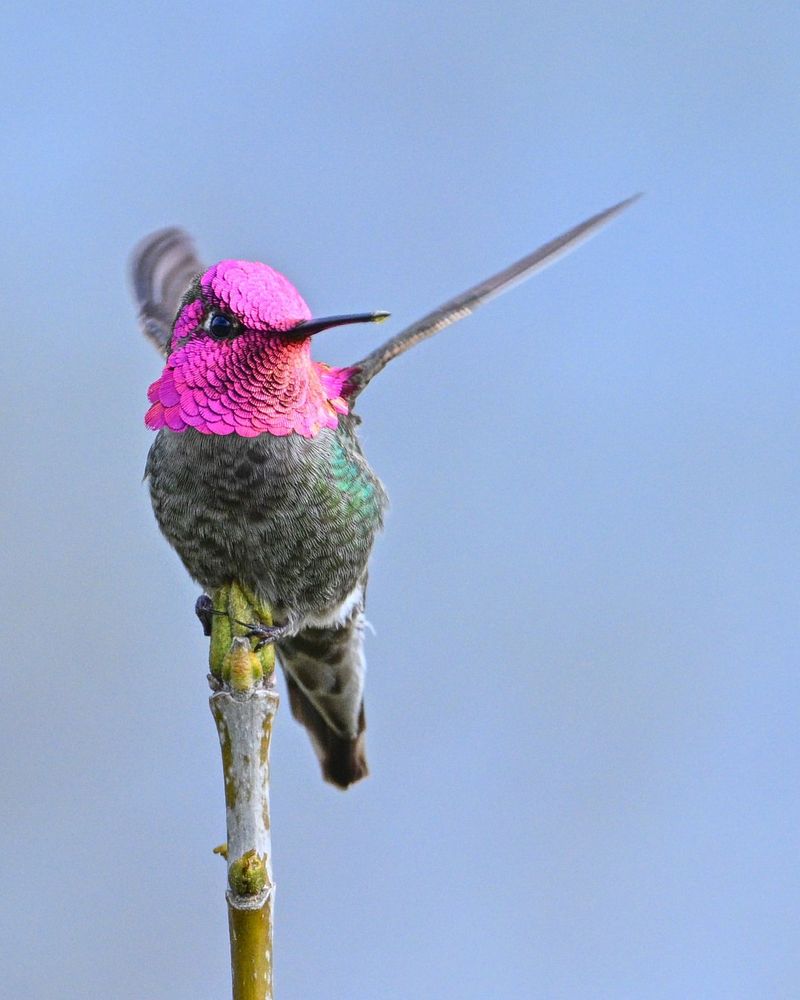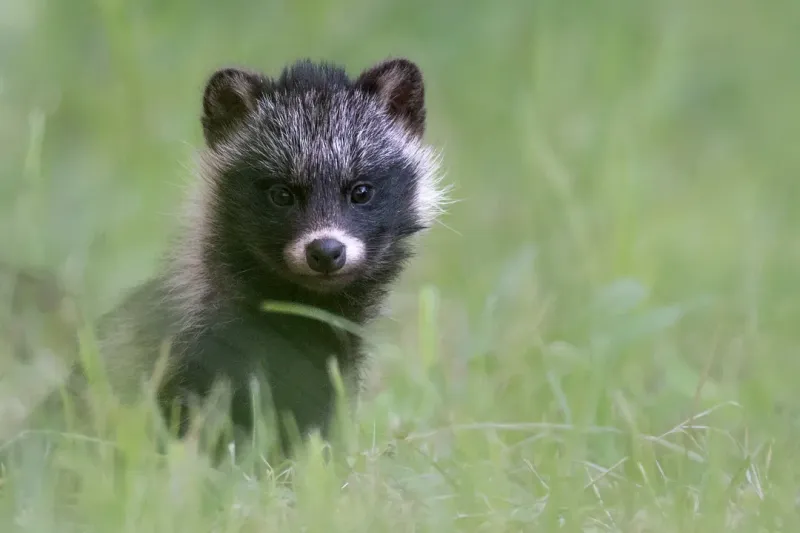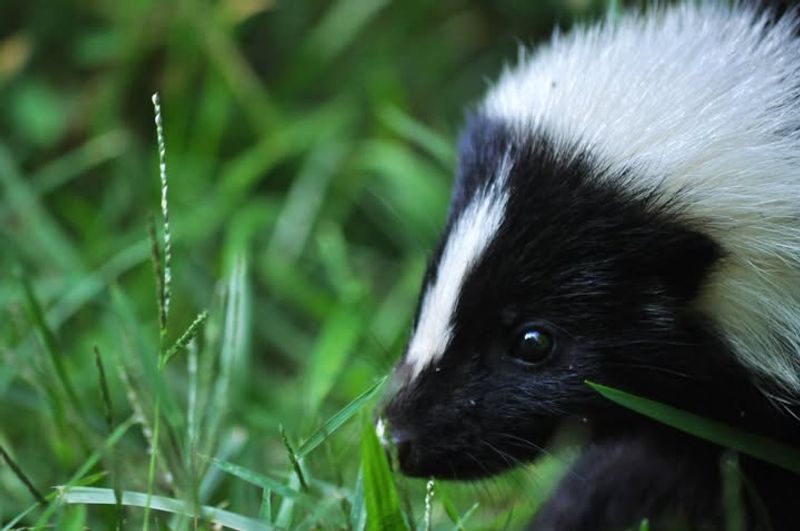Washington’s cities are becoming home to more than just people. Wild animals are moving into urban neighborhoods, parks, and backyards across the state.
From raccoons raiding trash cans to coyotes trotting down sidewalks, these creatures have learned to thrive alongside humans in surprising ways.
1. Raccoons
Masked bandits of the night, raccoons have become expert Washington city dwellers. They’re incredibly smart animals that can open latches, unscrew jars, and remember solutions to problems for years.
You’ll often spot them rummaging through garbage bins after dark, searching for leftover pizza or discarded sandwiches. Their nimble paws work almost like human hands, making them perfect for urban exploration.
If you want to avoid raccoon visits, secure your trash cans with tight lids and bring pet food indoors at night.
2. Coyotes
With a haunting howl that echoes through city streets, coyotes have adapted remarkably well to urban life. Seattle, Spokane, and other Washington cities report regular sightings of these adaptable predators.
They hunt small rodents, rabbits, and sometimes raid compost bins for fruit scraps. Most coyotes avoid people, but they’re curious enough to explore neighborhoods during dawn and dusk.
Keep small pets supervised outdoors and never leave food outside that might attract them to your property.
3. Black-Tailed Deer
Graceful and surprisingly bold, black-tailed deer munch on garden plants throughout Washington’s urban areas. Homeowners often wake up to find their carefully tended flowers and shrubs nibbled down to stems.
Parks and greenbelts provide perfect habitat for these animals, offering shelter and food close to residential areas. During spring, you might even spot adorable spotted fawns following their mothers through neighborhoods.
Fencing gardens and using deer-resistant plants can help protect your landscaping from these hungry visitors.
4. Bald Eagles
America’s national symbol soars above Washington cities with increasing frequency. Once endangered, bald eagles now nest in urban parks and hunt fish from city waterways.
Their massive nests, sometimes weighing over a thousand pounds, appear in tall trees near lakes and rivers. Spotting one perched on a lamppost or circling overhead always creates excitement among residents.
If you find an injured eagle, contact wildlife rehabilitation centers immediately rather than approaching the powerful bird yourself.
5. Opossums
North America’s only marsupial waddles through Washington neighborhoods with endearing awkwardness. Opossums may look strange with their hairless tails and pointed snouts, but they’re actually beneficial neighbors.
They gobble up thousands of ticks, helping reduce Lyme disease risks in your yard. When threatened, they famously play dead, lying motionless until danger passes.
These gentle creatures rarely cause problems and usually move along quickly if you give them space and secure potential food sources.
6. Red Foxes
Russet-colored and bushy-tailed, red foxes have discovered that Washington cities offer abundant food and fewer large predators. Their dog-like appearance sometimes confuses people who spot them trotting through parks.
Foxes hunt mice, voles, and rabbits that thrive in urban green spaces. They’re mostly active at dawn and dusk but occasionally appear during daylight hours.
Enjoy watching these beautiful animals from windows, but discourage them from lingering by removing food attractants and keeping garbage secured properly.
7. Great Blue Herons
Standing motionless like statues, great blue herons hunt fish in Washington city ponds and waterways. These tall, elegant birds have adapted well to urban environments where water features provide plentiful fishing opportunities.
Watch them strike with lightning speed, spearing fish with their sharp beaks. They often nest in colonies called rookeries in tall trees near water.
Koi pond owners sometimes find herons visiting for expensive meals, so netting decorative ponds can protect prized fish from these skilled hunters.
8. Douglas Squirrels
Chattering loudly from tree branches, Douglas squirrels bring forest energy into Washington’s cities. Smaller than eastern gray squirrels, these reddish-brown natives are incredibly vocal and territorial.
They harvest pinecones, stashing them in hidden caches for winter meals. Their scolding calls alert other animals to potential dangers like approaching hawks or curious cats.
Bird feeders often attract these acrobatic climbers, so using squirrel-proof designs helps ensure seeds reach their intended feathered visitors instead.
9. Barn Owls
Heart-shaped faces peer from city barns, old buildings, and nest boxes throughout Washington. Barn owls are silent nighttime hunters that help control rodent populations in urban areas.
Their eerie screeching calls sometimes startle people unfamiliar with owl vocalizations. Despite living near humans, they remain secretive and rarely show themselves during daylight.
Installing nest boxes on properties can attract these beneficial predators, providing natural pest control while supporting declining barn owl populations statewide.
10. Anna’s Hummingbirds
Jewel-toned and impossibly fast, Anna’s hummingbirds have become year-round city residents. Males flash brilliant pink throats during territorial displays and courtship dives that create surprising chirping sounds.
Unlike most hummingbirds, they don’t migrate south for winter, toughing out cold weather in Washington cities. Feeders and flowering plants keep them energized through all seasons.
Maintain clean feeders with fresh sugar water, and plant native flowers to support these tiny dynamos that beat their wings fifty times per second.
11. Raccoon Dogs
Spotted coats and tufted ears make bobcats look like oversized house cats, but they’re powerful wild predators. Increasingly, these elusive felines prowl Washington’s suburban edges and greenbelt corridors.
They hunt rabbits, squirrels, and birds, usually avoiding human contact through nocturnal habits. Trail cameras often capture images of bobcats passing through yards while residents sleep.
Secure chicken coops with strong fencing and bring small pets indoors overnight to prevent unfortunate encounters with these skilled hunters.
12. Striped Skunks
Waddling along with distinctive white stripes, skunks are common but rarely welcomed urban neighbors. They dig small cone-shaped holes in lawns while hunting grubs and insects beneath the grass.
Everyone knows their famous defense mechanism, but skunks actually prefer avoiding confrontation. They stamp their feet and raise their tails as warnings before spraying.
Moving slowly and speaking softly helps you back away safely if you encounter one, preventing the smelly situation everyone wants to avoid experiencing.

